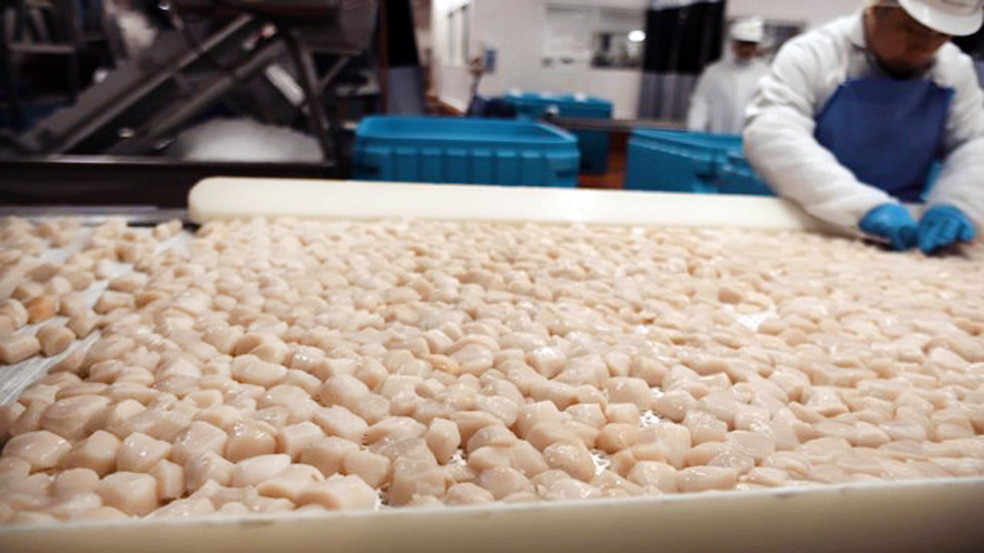IBM blockchain platform used for sourcing scallops

IBM has teamed with Raw Seafoods Inc., a family-owned company in Fall River, Massachusetts, on a collaboration that will use blockchain technology to digitize data on the supply chain for scallops sourced from the Atlantic Sea Scallop Fishery.
In this partnership, a fleet of scallopers owned by Danny Eilertsen of New Bedford, Massachusetts, will upload data about their catch to the IBM Food Trust platform. This data will enable distributors and retailers to identify the time and location of the scallop harvesting, track when the boat landed portside and identify each scallop lot that was hand graded, selected, packed and shipped to its final destination. The data, along with images and video from the haul, are uploaded via satellite while still offshore and made available to specific parties ”“ including distributors, suppliers, retailers and their customers ”“ at point of sale.
According to the companies, the data gathered and stored on blockchain can help fishing boats source more strategically.
“IBM Food Trust has helped some of the world’s most respected food brands and grocers improve consumer trust, address inefficiencies, and promote supply chain integrity,” said Rajendra Rao, general manager of IBM Food Trust. “Traditionally, tracing the origin of a given food product could take days, if it was possible at all, especially for wild caught sea scallops. By reducing that time frame to a matter of seconds, we’re able to solve three of the core consumer concerns that deter them from enjoying seafood: safety, sustainability and authenticity.”
“We are always actively engaged in helping our suppliers, retailers and restaurants deliver a product that’s well above the industry standard for quality and freshness,” said Daniel McQuade, vice president of marketing at Raw Seafoods. “With IBM Food Trust, we found the perfect tool for establishing a direct link between the consumer and the captain of the boat that caught their fish, empowering shoppers and diners to demand more from their food supply chain.”